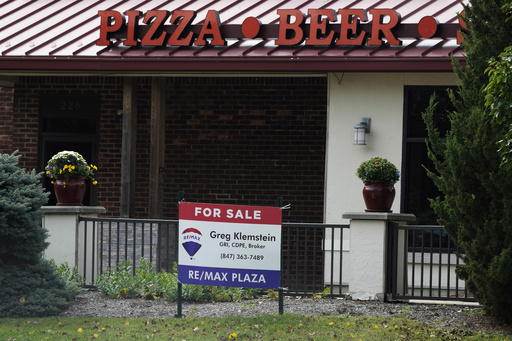The United States employs a distinctive method for electing its president known as the Electoral College. This system has increasingly concentrated voting influence within a handful of closely divided states, leading political campaigns to allocate most of their resources to these critical battleground areas. In the current election cycle, the key battleground states identified are Arizona, Georgia, Michigan, Nevada, North Carolina, Pennsylvania, and Wisconsin.
As a result of the focus on these specific regions, voters from other states often feel neglected, as their concerns and issues appear to be sidelined in the presidential race. This raises questions about the effectiveness of the Electoral College itself and how it influences campaign strategies.
So, what exactly is the Electoral College? Unlike in many democracies where citizens directly vote for their leader, U.S. citizens indirectly elect their president. When voters cast their ballots, they are technically selecting a group of electors pledged to choose the next president and vice president during a designated day in December.
While most states have laws requiring electors to support the winner of their state’s popular vote, this does not guarantee that the candidate receiving the most Electoral College votes is also the preferred choice of the overall electorate. In fact, two of the last six presidential elections resulted in candidates winning the presidency without securing the popular vote. Notably, in 2016, Donald Trump became president after losing the popular vote to Hillary Clinton by nearly 2.9 million votes but gaining enough support in the Electoral College.
This situation often perplexes international observers who are accustomed to more direct forms of electoral democracy. The U.S. is unique in its electoral method, where voters choose electors who are responsible solely for selecting the president. Most other democracies allow for a direct election of their leader based on the popular vote.
The number of electoral votes for each state corresponds to its total congressional representation, which favors smaller states and concentrates the electoral competition largely within a few swing states. A candidate must secure a majority of the 538 available electoral votes to win the presidency, with the District of Columbia allotted three votes. The majority of states utilize a winner-takes-all system for their electoral votes, while Maine and Nebraska operate differently by allocating their votes proportionally.
The structure of the Electoral College prompts both Democratic and Republican candidates to concentrate their campaign efforts on these swaying states. The battleground states this year encompass 18% of the U.S. population but have attracted significant attention from both political parties. Reports indicate that campaign activities have heavily favored these states, with over 200 joint appearances made by candidates so far, three-quarters of which occurred in the designated swing states. Pennsylvania leads with 41 visits, followed by Michigan and Wisconsin, each with over 30 visits, and other battleground areas including North Carolina, Nevada, Arizona, and Georgia receiving much less attention.
Moreover, campaign strategies are being localized, focusing on specific counties deemed pivotal for victory. The data shows that campaign events are highly concentrated in counties with around 22.7 million registered voters, which is merely 10% of the total voter registration across the nation.
Communities like Waukegan, Illinois, feel the lack of engagement in the electoral process. This predominantly Latino city has faced economic challenges amid factory closures and decreasing waterfront appeal. Presidential candidates frequently overlook Illinois since it is seen as a typically Democratic state, in stark contrast to Wisconsin, which actively attracts campaigning due to its significance in the electoral landscape.
The last visit by a presidential candidate to Waukegan was during Trump’s campaign in 2020, where he briefly visited the airport before departing for a neighboring state. In contrast, similar-sized Racine, Wisconsin, has seen both Trump and President Biden hold campaign events, highlighting the disparities in attention between these two neighboring cities.
Residents of Waukegan express frustration with their lack of visibility in the political narrative. Many feel sidelined and wish their voices were included in candidate agendas. Matt Muchowkshi, chair of the Waukegan Township Democrats, articulated the sentiment, saying that the issue lies more with the undemocratic nature of the Electoral College itself rather than the candidates. He noted the inequality in how certain voters’ ballots have significantly more weight compared to those from urban areas with higher populations of people of color.


